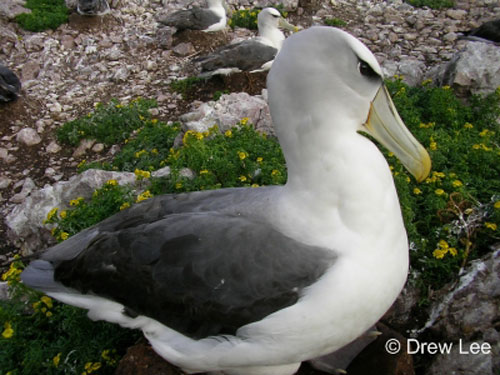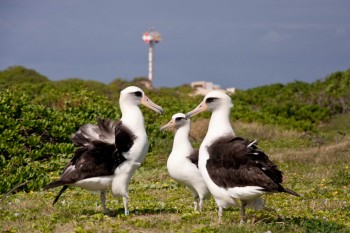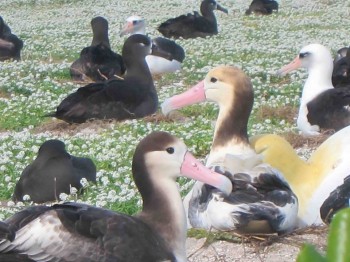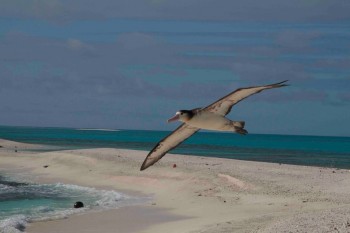The Technical Specialist Meeting of the Joint tuna RFMO Bycatch Working Group on “Harmonisation of Longline Observer Data Fields” is taking place over three days this week in Keelung City, Taiwan. The bycatch working group was established following a meeting held in Brisbane, Australia in June 2010 (click here).
The First Meeting of the Joint Tuna RFMO Technical Working Group was held in La Jolla, California, USA, in July 2011 (click here).
The main purpose of the Taiwan meeting is to work towards the harmonisation of bycatch data collected by the tuna Regional Fisheries Management Organizations, with the intended purpose of identifying the minimum data fields that should be collected across all RFMOs to facilitate collaboration and wider-scale assessments of bycatch, including of ACAP-listed albatrosses and petrels. It is intended that discussions will focus on identifying common issues that could be answered by tuna RFMO-wide analyses of longline observer data and on identifying common gaps in current longline observer data collection. A similar workshop was held in 2012 for purse-seine fisheries (click here), whereas this one is focusing on longline fisheries.
According to the meeting’s agenda, Day One will cover the comparison of longline data fields and definitions. Day Two will be technical discussion on data sharing between tuna RFMOs for cross RFMO analyses of longline observer data and analyses of longline Observer data, current options and limitations.
The third and final day will be used to review the discussions and outputs of the previous two days and to draft the meeting report and recommendations.
The Albatross and Petrel Agreement is being represented at the meeting in Taiwan by Anton Wolfaardt, Convenor of its Seabird Bycatch Working Group.
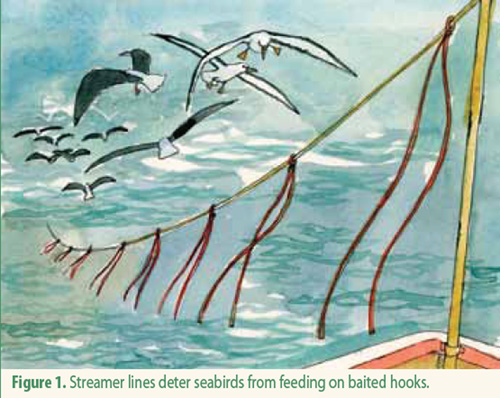
With thanks to Anton Wolfaardt for information
John Cooper, ACAP Information Officer, 28 January 2015

 English
English  Français
Français  Español
Español 